Puga Hot Springs is one of the most awe-inspiring natural wonders at this picturesque Puga Valley in Ladakh. This geothermal hot spot is located on the Changthang Plateau and is well-known for its curative hot springs. What remains mystically poignant is visiting such a place, where the therapeutic property of sulphur-rich springs has so aptly matched up with the beauty of surrounding vistas. In addition, it has geothermal energy potential, making Puga Valley an area of scientific interest. The clean environment coupled with wildlife offers nature lovers an unforgettable escape.
Location
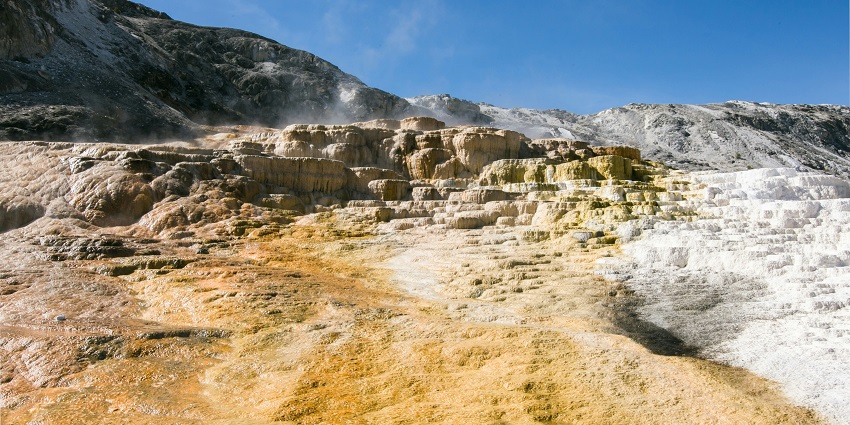
Photo: Jenean Newcomb / Unsplash / Image For Representation Only
Puga Hot Springs is a destination in southern Ladakh, about 176 km from the administrative capital of Leh. The valley extends more than 30 km and lies in the Changthang Valley close to Tso Kar Lake. The Puga Valley landscape consists of beautiful grey hills and meadows, interspersed with bubbling mud pools and steamy springs.
Suggested Read: Places To Visit Near Leh Ladakh That Will Drop Your Jaw
How To Reach Puga Hot Springs
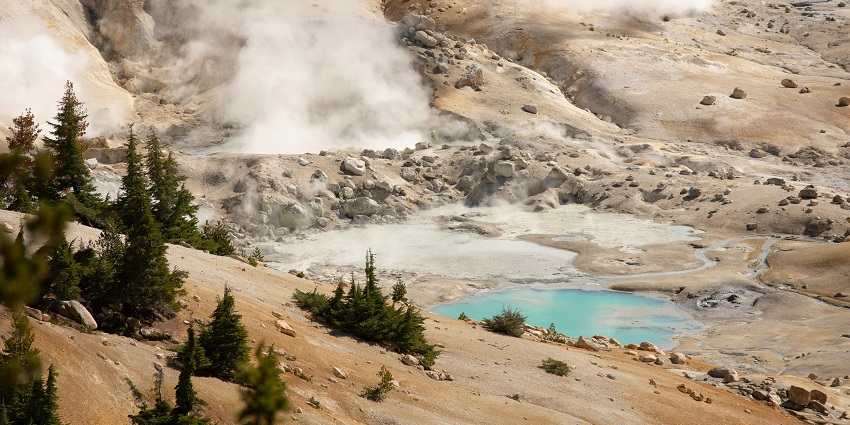
Photo: Alex Moliski / Pexels / Image For Representation Only
By Road: The best way to reach Puga Hot Springs is by road. One can hire a private vehicle or opt for a taxi from Leh, which takes around 4 to 5 hours for the distance of 176 kilometres. The drive has wonderful views of the rugged Ladakh landscape and passes through some scenic routes
By Rail: The nearest major railway station is at Jammu, about 700 km away. From Jammu you can either fly to Leh or take a long car drive over the Srinagar-Leh highway.
By Air: The nearest airport is in Leh that is well connected with other major cities of India. From the airport, a taxi can be hired or a car can be rented in order to reach Puga. Flights to Leh can be availed from Delhi, Srinagar, and other major cities.
Places To Visit Near Puga Hot Springs
Here is a list of places to visit near the Puga hot springs that add to the charm of your adventurous journey:
1. Tso Moriri Lake
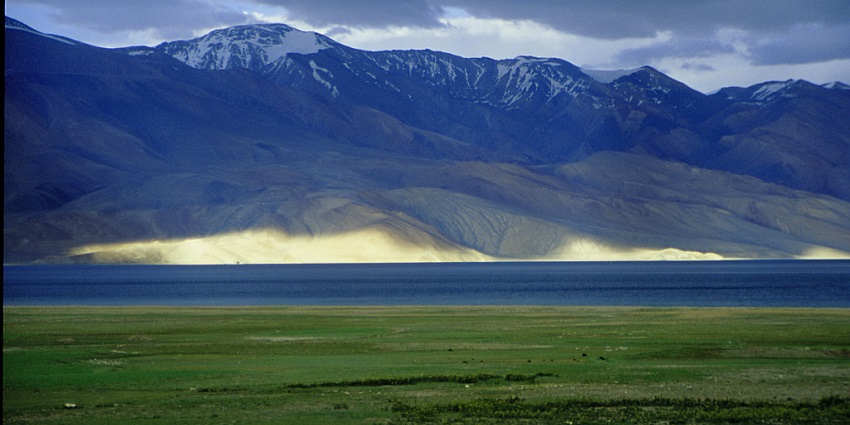
Photo: CortoMaltese_1999 / Wikimedia Commons
Located about 40 km from Puga Hot Springs, Tso Moriri is one of the most breathtaking high-altitude lakes in Ladakh. Surrounded by towering snow-capped mountains, this serene lake is a haven for birdwatchers, with species like the black-necked crane, great crested grebe, and brahminy ducks frequenting the area. The crystal-clear blue waters reflect the stunning surroundings, making it a photographer’s paradise. Camping near the lake offers an unforgettable experience under the stars.
Location: About 40 km from Puga Valley
Best Time To Visit: May to September
Entry Fees: None (Permit required for foreign nationals)
Suggested Read: Places To Visit In Leh For A Refreshing Retreat In Nature’s Lap
2. Tso Kar Lake
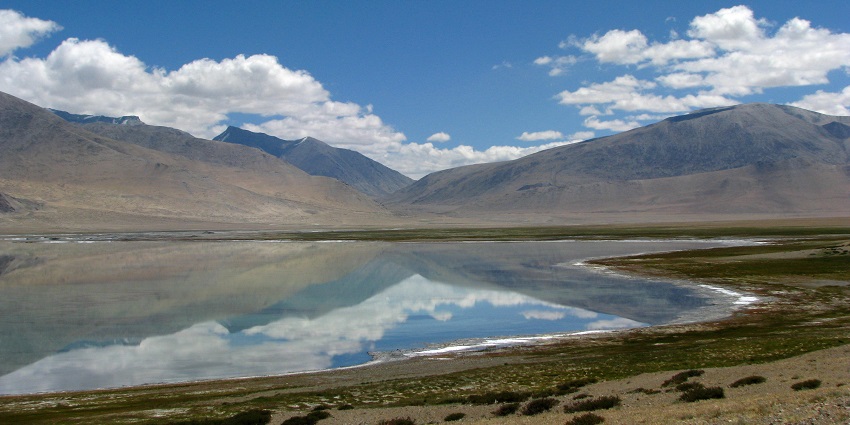
Photo: McKay Savage / Wikimedia Commons
Tso Kar Lake, often referred to as the “White Lake,” is located approximately 25 km from Puga Valley in Ladakh. Known for its high salt content, the lake derives its name from the white salt deposits on its shores. Tso Kar is part of the Changthang Plateau and offers a serene environment, making it a lesser-crowded alternative to other Ladakhi lakes like Pangong and Tso Moriri. The lake is also a haven for birdwatchers, with sightings of rare species like the black-necked crane and bar-headed geese.
Location: 25 km from Puga
Best Time To Visit: June to September
Entry Fees: None
3. Changthang Wildlife Sanctuary
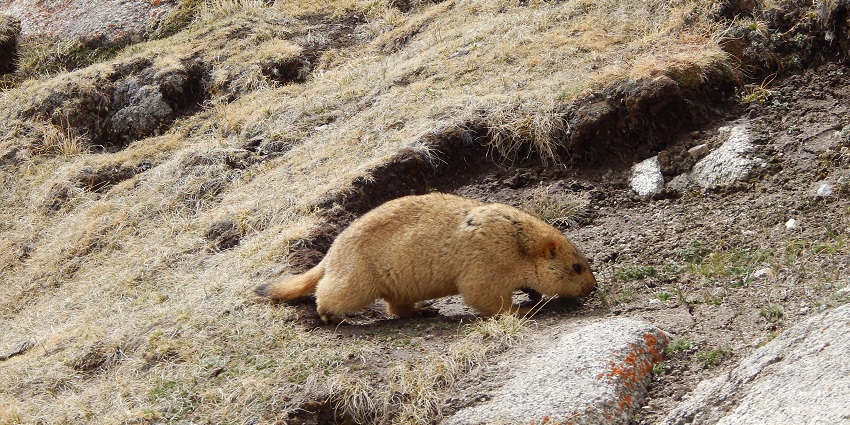
Photo: Rekhalok / Wikimedia Commons
Changthang Hot Springs, located within the vast Changthang Plateau in Ladakh, are a lesser-known geothermal marvel offering a peaceful escape for travellers. The hot springs are rich in sulphur and other minerals, making them popular for their therapeutic properties, believed to help with joint pain and skin ailments. Nestled amidst the wild, untamed landscapes of the Changthang Wildlife Sanctuary, the springs offer visitors a unique opportunity to relax in naturally heated waters.
Location: Encompasses the area surrounding Puga
Best Time To Visit: June to October
Entry Fees: ₹ 20 (Indian Nationals), ₹100 (Foreign Nationals)
Suggested Read: Top Places To Visit In Nubra Valley
4. Chumathang Hot Springs
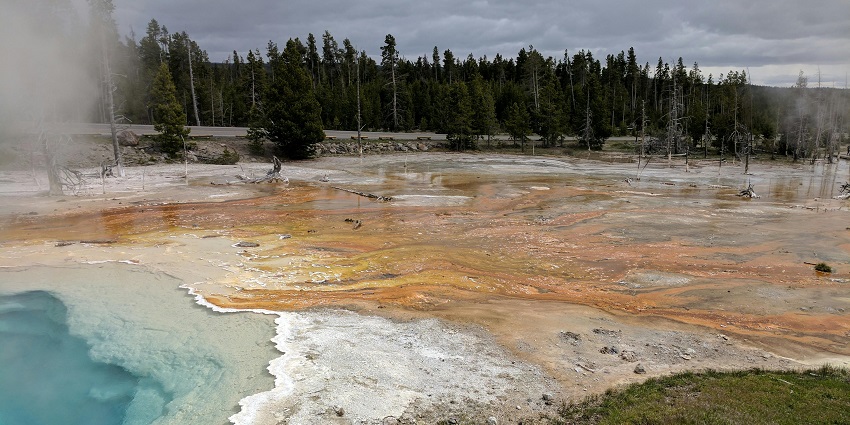
Photo: Robert Carnes / Pexels / Image For Representation Only
Chumathang Hot Water Springs, located around 70 km from Puga Valley along the Indus River, are renowned for their natural therapeutic properties. The sulphur-rich hot springs are believed to help alleviate ailments such as arthritis and skin conditions, attracting locals and travellers seeking healing and relaxation. The springs are nestled within the serene village of Chumathang, offering a peaceful retreat surrounded by stunning Ladakhi landscapes.
Location: About 70 km from Puga
Best Time To Visit: Year-round, but best in summer
Entry Fees: None
5. Nyoma Village
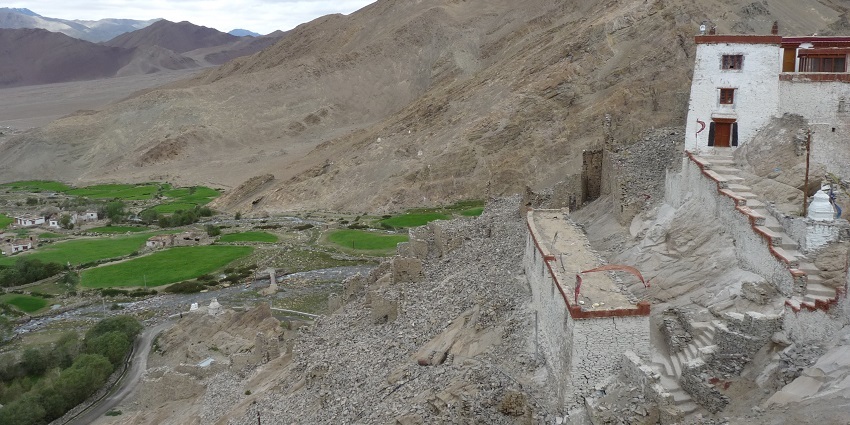
Photo: Malikbek / Wikimedia Commons
Nyoma is a quiet village situated about 30 km from Puga Valley, along the banks of the Indus River in Ladakh. It offers a tranquil atmosphere and a glimpse into the traditional Ladakhi way of life. Nyoma is home to a centuries-old Buddhist monastery, which adds cultural significance to the village. Nyoma also serves as a convenient base for exploring nearby attractions such as Tso Moriri Lake and Changthang Wildlife Sanctuary, offering both spiritual and natural experiences for travellers
Location: 30 km from Puga
Best Time To Visit: May to October
Entry Fees: None
Suggested Read: Enhance Your Vacation With These Things To Do In Ladakh
Where To Stay

Photo: Pixabay / Pexels / Image For Representation Only
Accommodation around Puga is on the rustic side, but that’s all part of the charm. You can choose from cosy homestays or basic guesthouses in nearby villages like Tso Kar or Nyoma. These places offer a true Ladakhi experience, often hosted by local families. If you want more comfort, Leh has a range of options, from budget hostels to boutique hotels. Try to book in advance, especially during peak season!
Where To Eat
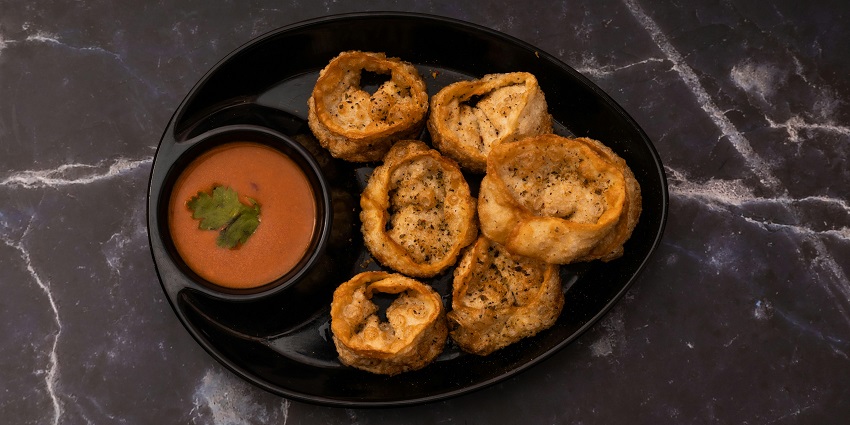
Photo: Aperture Photography / Pexels
Dining nearby Puga is pretty authentic. Most guesthouses and homestays serve thukpa, noodle soup, and momos, Ladakhi dumplings. No luxurious or fine dining will be experienced here, but you’ll appreciate the simplicity and freshness of the meals. If a craving for variety arises, head back to Leh, where cafes go beyond Indian and Tibetan offerings to include some Western cuisine.
Suggested Read: Hot Springs In Ladakh
Best Time To Visit Puga Hot Springs
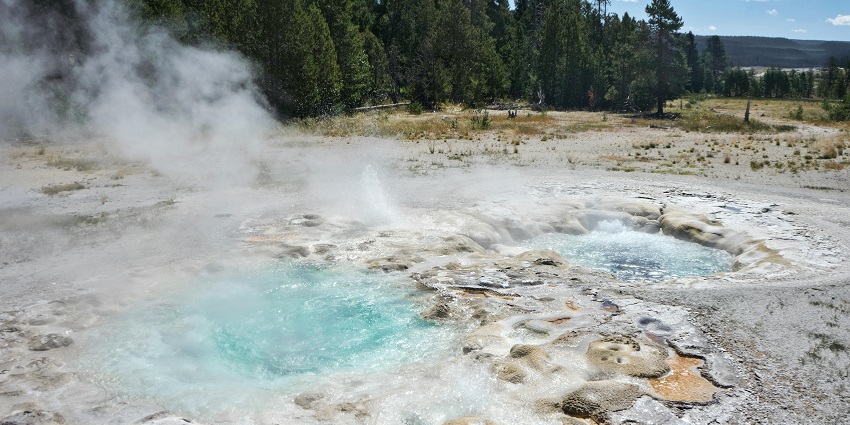
Photo: Robert Schrader / Pexels / Image For Representation Only
The best time to visit Puga Hot Springs is between May and September. During this period, the weather is relatively mild, making it easier to explore the region. Winters in Ladakh can be extremely harsh, with temperatures plummeting below freezing. However, the hot springs can still be visited in winter for those seeking a more adventurous experience.
Tips For Travellers
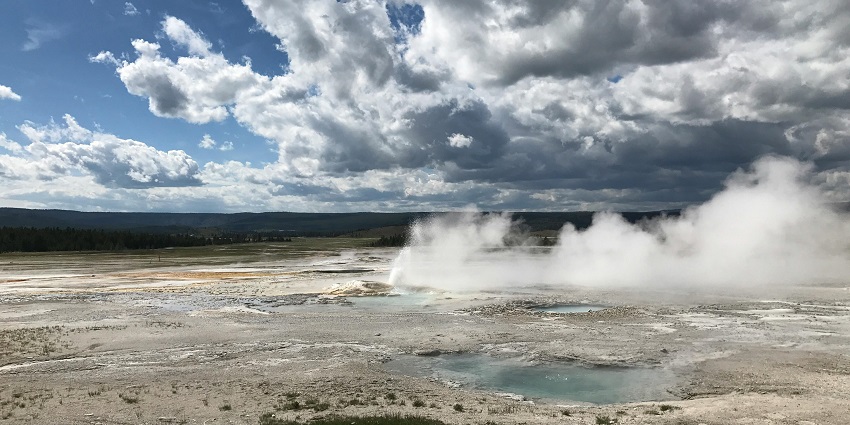
Photo: Tom Nelson / Pexels / Image For Representation Only
Suggested Read: Puga Valley In Ladakh
Puga Hot Springs is an extraordinary destination that offers a perfect blend of natural beauty, adventure, and relaxation. Whether you’re drawn by the healing properties of the hot springs or the allure of the surrounding landscapes, Puga provides an unforgettable experience. Whether you’re a nature lover, a wellness seeker, or a curious traveller, Puga Valley promises a unique and rejuvenating journey into Ladakh’s hidden treasures. Book your trip with TripXL!
Cover Photo: MikeGoad / Pixabay / Image For Representation Only


 WhatsApp
WhatsApp
 Twitter
Twitter









